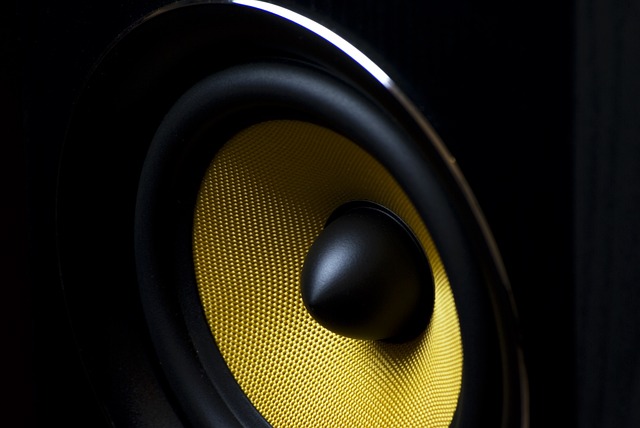How Creators Can Monetise Content with Spatial Audio
Creators once relied on ads, merchandise or sponsorships to earn a living. Now sound itself has started to become an asset. By shaping audio in three dimensions, artists, podcasters and educators can offer listeners a more vivid experience and charge for it. This new approach does not promise instant success for everyone, but it opens paths that did not exist in the era of simple stereo.
A key advantage lies in differentiation. When two podcasts discuss the same topic, one may fade into the background while the other stands out because of immersive sound. By placing voices, effects and music around the listener, the creator builds a kind of stage where stories unfold. That sense of being “inside” the content helps justify premium tiers or one-off purchases.
The tools have become easier to reach. Not long ago, only big studios could afford complex rigs to map a full sound field. Today, spacial audio solutions compress the heavy lifting into affordable plugins and online platforms. A solo artist can upload multitrack files and receive a rendered 3D mix without needing to buy racks of hardware. This democratisation invites a wave of experimentation that can lead to new revenue.
Subscription models grow naturally from this. Fans pay for immersive versions of episodes, songs or guided sessions. They may also support creators through early access or exclusive 3D mixes. Because these offers feel tangible a clear improvement rather than a vague promise they often attract stronger loyalty.
Advertising shifts as well. A brand can sponsor a spatial segment where its message or sound effect appears to glide across the listener’s field of hearing. When done with subtlety, the ad feels like part of the performance rather than an interruption. This kind of integration may command higher rates than a simple pre-roll. It can also deepen audience recall because people remember sounds placed in a vivid three-dimensional space more easily. Over time, this approach may change how creative teams design campaigns, blending storytelling and sound design into one seamless experience.
Live events bring another layer. Musicians and educators can stream spatial audio concerts, workshops or lectures where the listener chooses a seat in the virtual hall. Ticket prices can vary by experience level: standard stereo for one price, immersive sound for another. This mirrors how real venues charge for better seats.
Creators also explore licensing. A well-designed 3D soundscape might be licensed to a meditation app, a museum exhibit or a VR project. This adds income beyond direct fan support. In some cases, the soundscape itself becomes a product a looped environment for focus or relaxation that others can embed in their platforms.

Image Source: Pixabay
Yet caution matters. Listeners differ in how strongly they perceive the 3D effect, and some may find it distracting. Poorly mixed spatial audio can feel hollow or disorienting, undermining the premium promise. Before launching a paid tier, many creators run small tests, gathering feedback on how audiences respond. Adjusting loudness, reverb and movement speed can make the difference between novelty and true immersion.
Creators should also think about accessibility. The same techniques that create depth can help people with visual impairments navigate content. But without careful design, they can overload sensitive listeners. Offering a toggle or alternative version protects inclusivity and avoids alienating part of the audience.
In the bigger picture, spacial audio solutions signal a shift in how digital sound can be valued. Instead of treating audio as a flat channel, they transform it into a landscape where creators can guide, surprise and envelop their audiences. Those who learn to shape that landscape may find new ways to earn a living, not just by making more content but by making each moment more alive.
Comments